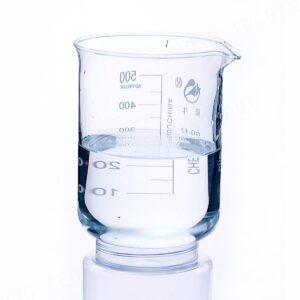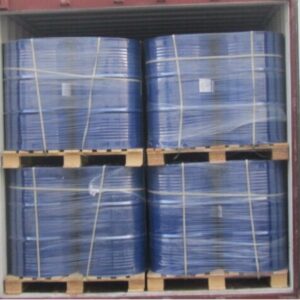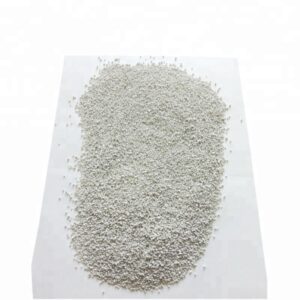Description
Chemical Identity and Description
-
Chemical Name: Isobutyl Vinyl Ether
-
Synonyms: Isobutanol Vinyl Ether, 2-Methylpropyl Vinyl Ether
-
Chemical Formula: C6H12O
-
Molecular Weight: 100.16 g/mol
-
CAS Number: 109-53-5
-
Purity: ≥ 98%
Structurally, Isobutyl Vinyl Ether is an ether with a vinyl group (–CH=CH2) bonded to an isobutyl moiety (–CH2CH(CH3)2), which contributes to its low viscosity and high reactivity in polymerization processes.
Specifications of Isobutyl Vinyl Ether (98%)
| Property | Specification |
|---|---|
| Appearance | Clear, colorless liquid |
| Purity | ≥ 98% |
| Boiling Point | 97–99 °C |
| Density (20°C) | 0.79 – 0.81 g/cm³ |
| Refractive Index (n20/D) | 1.392 – 1.395 |
| Flash Point (Closed Cup) | ~ -2 °C |
| Solubility | Insoluble in water; miscible with organic solvents |
| Storage Conditions | Store in a cool, dry, ventilated place; protect from heat, moisture, and air |
Applications of Isobutyl Vinyl Ether
🧪 UV-Curable and Thermoset Resins
Isobutyl vinyl ether is a key monomer in UV-curable systems, particularly when combined with epoxy or acrylate chemistries. These resins are used in electronics, coatings, 3D printing, and optical applications where fast curing and durability are critical.
🔬 Functional Polymer Synthesis
In cationic polymerization, this compound forms low-Tg polymers that are used in flexible films, sealants, and elastomeric materials. It also plays a role in manufacturing copolymers with excellent chemical resistance and mechanical flexibility.
🏭 Adhesives and Coating Applications
Its branched structure enables the formulation of soft, tacky adhesives used in pressure-sensitive labels, automotive coatings, and construction sealants. The vinyl ether moiety allows rapid crosslinking for high-performance coatings.
💊 Intermediate in Organic Synthesis
In pharmaceutical and agrochemical sectors, it serves as a building block for the development of heterocycles and fine chemicals, particularly where alkylation and vinylation reactions are involved.
Handling and Safety
-
Hazard Classification: Flammable liquid, irritant
-
Precautions: Use with appropriate ventilation, wear gloves, goggles, and flame-resistant lab coats.
-
Storage: Keep in tightly sealed containers under nitrogen or inert gas to prevent peroxide formation.
Conclusion
Standard Isobutyl Vinyl Ether (98%) is a versatile and high-purity monomer essential for advanced materials, coatings, and adhesive formulations. Its combination of vinyl reactivity, branched hydrophobicity, and solvent compatibility makes it a top choice for manufacturers in the polymer, electronics, automotive, and pharmaceutical industries. For those seeking a high-performance intermediate for reactive chemistry or polymer development, isobutyl vinyl ether offers proven results with efficiency and reliability.








